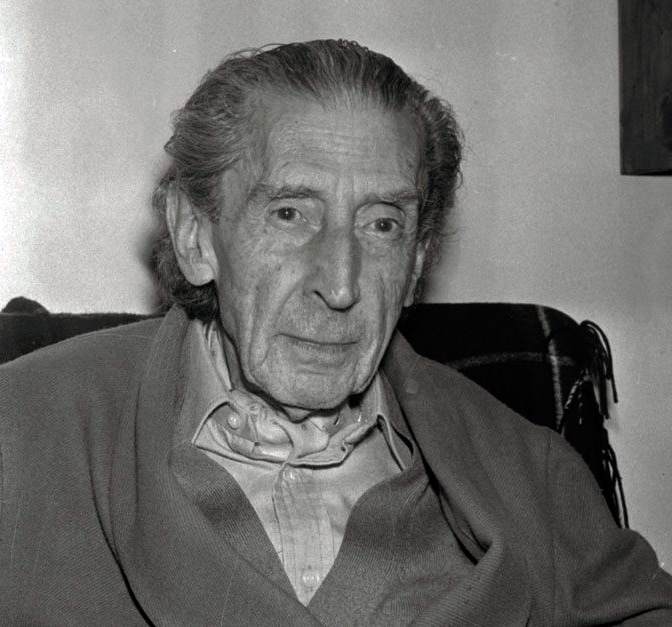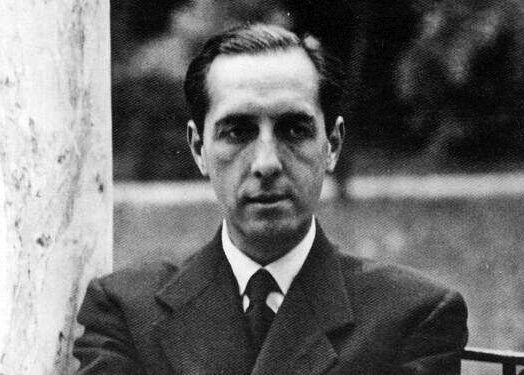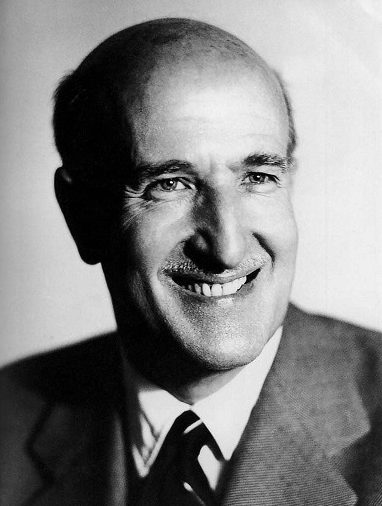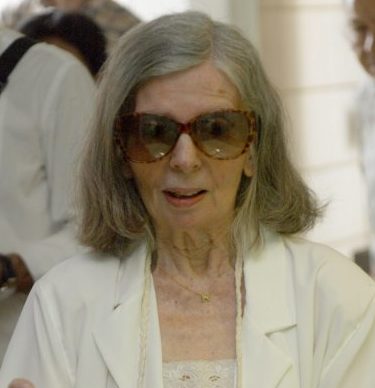Spanish writer, friend, editor and generation mate of Federico García Lorca. He wrote poetry, plays and essays.
He was born in Madrid in 1895. He was the son of a minister of the Restoration, Francisco Bergamín García, and Rosario Gutiérrez, a very Catholic woman from whom he inherited his religious sentiment. He was the youngest of twelve siblings. He studied law in Madrid. From a very young age he was interested in literature. He frequented the tertulias of Valle-Inclán and Benavente and that of Ramón Gómez de la Serna in the Café Pombo. He published his first articles in the magazine of Juan Ramón Jiménez, Index, in 1921. Both Juan Ramón and Unamuno were teachers for him and inspirations. He belongs to the Generation of ’27 (although he preferred to call it Generation of the Republic).
His first book was published in 1923, The Rocket and the Star, which is a collection of aphorisms that impressed everyone. Juan Ramón Jiménez, Pedro Salinas or Azorín were quite surprised with the young author calling him “master of the new generation of writers”. In 1923, he premiered his play Gatomaquia; in 1925 Three Scenes at Right Angles and in 1927 Enemy that Flees, dramatic dialogues qualified by himself as aphoristic plays to read. It is a type of avant-garde theater almost unrepresentable. This will also be one of the seven literary figures (Lorca, Alberti, Diego, Alonso, Juan Chabás, Guillén and himself) to leave Madrid by train to Seville to celebrate the famous tribute to Góngora. The first night Bergamín intervened to explain to the public the purpose of that act. The second night he was unable to speak as he was aphonic and his text on the trends in Spanish poetry of the time was read by Dámaso Alonso. He also participated in the evening that took place at the estate of Sánchez Mejías where the host forced everyone to dress in Moroccan djellabas.
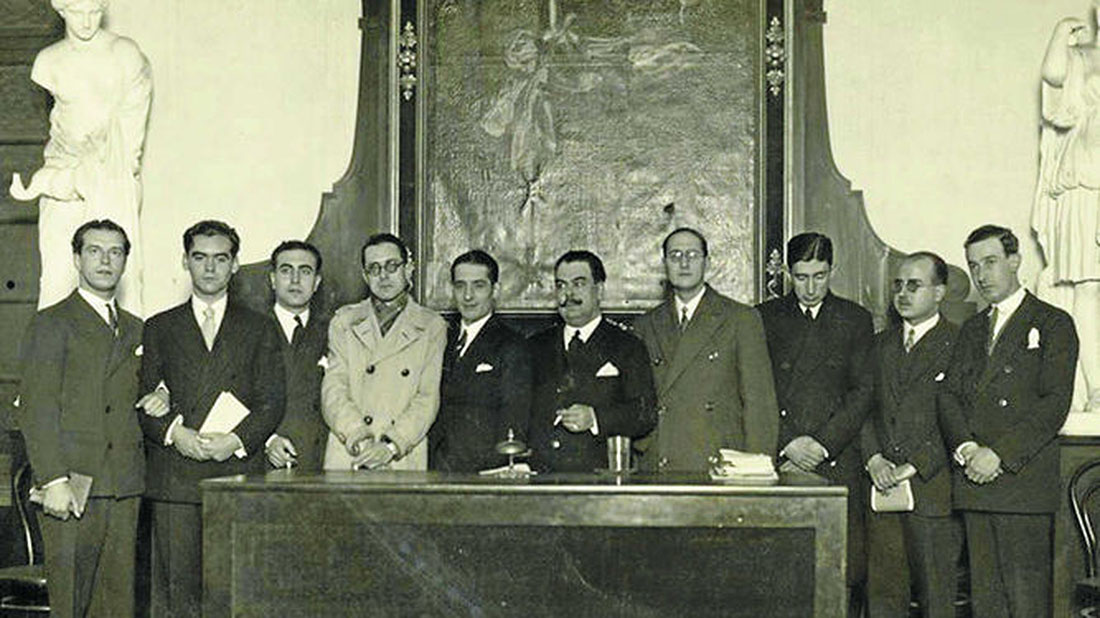
In 1928, he participated in another avant-garde project, the magazine gallo of Federico and Francisco García Lorca. In the first issue he publishes aphorisms on the symbolism of the gallo (rooster). A parody of these aphorisms is made in the issue of the magazine Pavo ((Turkey) the replica of this magazine, also devised by Lorca). In 1929, he published an essay on Alberti, in La Gaceta Literaria on March 15, in which he establishes an opposition (without naming Lorca) between western and eastern Andalusia, in which the latter loses.
In 1933, he founded and edited Cruz y Raya, a magazine in which all the authors of ’27 participated, which followed a line of Catholic intellectualism that was innovative and progressive. It continued to be published until 1936.
Bergamín, a great bullfighting fan, was present at the bullfight in which his friend Sánchez Mejías lost his life, in Manzanares. That same year he published Lament for a Bullfighter in his magazine, Cruz y Raya, accompanied by a drawing by José Caballero. In 1936, he also published Blood Wedding.
During the Civil War he presided over the Alliance of Antifascist Intellectuals. Appointed cultural attaché of the Embassy in Paris, he was in charge of seeking support for the Republic. He organized many of the cultural activities that took place during the war, writing in El Mono Azul, Hora de España, Cuadernos de Madrid… In 1937, he presided over the 2nd International Congress of Writers for the Defense of Culture in Valencia and gave Pablo Picasso the official commission for the Guernica for the International Exposition in Paris.
When the war ended, he went into exile. He was first in Mexico, from 1939 to 1947. There he founded the magazine España Peregrina and the Séneca magazine Poet in New York, the first Complete Works of Machado, as well as some by Alberti or Cernuda, among other writers. He premiered three critical and committed plays: La Muerte Burlada (1944), La Hija de Dios (1945) and La Niña Guerrillera (1945). After his return to Spain in 1958 he spent some years unnoticed, but in 1963 he was forced to go into exile again and it was not until 1970 that he returned definitively to Spain and reissued some of his earlier works.
He was a dissident in the Transition and also suffered censorship. He lived the last years of his life in the Basque Country. He died in Hondarribia in August 1983.
